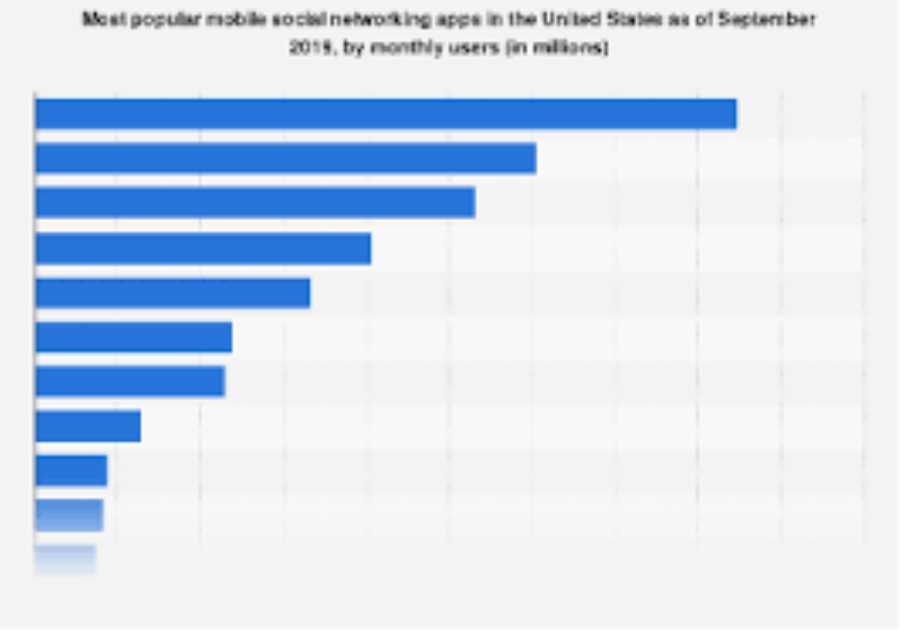
The trend from shopping in physical stores to eCommerce has been on a steady, upward climb for the last few years. During the COVID pandemic, with store closings and social distancing, those who had not done grocery shopping online before made the transition to digital grocery buying. These new habits have staying power and are here to stay.
With growing eCommerce, competition has become fierce. Scrambling for new customers is a strenuous task, so boosting retention rates is a high priority. At a time when reviews are ubiquitous and even a slight criticism on social media platforms can hurt a company, it may be a challenge to deal with angry customers. However, companies that handle customer complaints well can boost retention.
How Does Amazon Maintain Its 91% Retention Rate?
Amazon, the ultimate retail giant, has had incredible success with keeping its customers. Although few companies can become as large as Amazon, smaller companies can learn from Amazon’s example. A respectable retention rate for many companies is 35%. However, Amazon has a nearly perfect 91% retention rate. How does Amazon do it?
In addition to the fact that Amazon retains customers at a rate that is almost 60 points higher than a decent rate for a smaller company, it does so with countless reviews on the site, some of them critical of Amazon’s services. In addition, there is plenty of criticism of Amazon on social media, and yet Amazon still thrives.
Everyone has seen some negative reviews on Amazon. Often these reviews relate to products sold on the eCommerce site rather than Amazon itself, but sometimes the reviews deal with delivery issues or customer service. Additionally, users on Facebook and Instagram often complain about Amazon. How does the top retailer have a 91% retention rate when there are customers who criticize its service openly? How can this provide clues for dealing with angry customers?
Negative Reviews and Critical Social Media Comments Can’t Be Ignored
It may be tempting to focus on what is working in a company and to assume the “haters” are just going to hate, but this isn’t the way Amazon and other successful eCommerce companies deal with negative criticism in reviews and social media posts.
Don’t let negative reviews go unanswered. When the eye moves down the page deciding whether to choose an item or not, there is a tendency to speed over the positive reviews and notice the negative ones. It may be an unfortunate irony, but one five or four-star review after another may not be remarkable, but the one-star review will attract attention.
Also, advanced tools can locate mentions of a brand on social media. Noticing negative mentions on Facebook, Twitter, and Instagram and engaging with those who are critical can show that a brand cares about what consumers think and is proactive in dealing with issues.
When people are angry they tend to be more compelling, particularly when they list their complaints. It can be harder to compliment uniquely, but there is a strong human tendency to vent. This means that a negative review or social media post is a fire that has to be dealt with before it rages out of control.
It isn’t possible or ethical to completely extinguish the fire. The negative review will probably stay there. The disgruntled customer may not take down their critical Facebook post. Notice, however, how Amazon and other successful companies engage with the person directly, ask them to voice their issues, and provide ways to resolve the issue.
The way a company deals with negative reviews and social media posts can be more impressive than a popular ad campaign. It is an opportunity to demonstrate excellent customer service in action and in public.
Using Data to Turn Negatives Into Positives
In addition to engaging with dissatisfied customers directly, tracking a customer’s data trail can provide clues about what went wrong. On the company website, it is possible to trace the customer journey, from clicking on an item, other products in a shopping cart, when they made the purchase, what occurred with delivery and other details give a full picture.
Engaging with dissatisfied customers with information about their journey will impress upon them the fact that you are paying attention to their entire story and care about their complaint. This is likely to convert an irate customer into a loyal one.
Using data to address a specific customer is useful, but the data can also be applied to making needed changes to products, customer services, order processing, or other areas that need improvement. Also, using sentiment analysis on customer reviews can indicate what proportion of reviews are negative or positive. Looking at the context of certain comments can also guide upgrades in product development and business strategies.
Growing from Criticism
Negative feedback is useful for businesses, even though it may be difficult to face. Sometimes complaints can be an alarm clock indicating it is time to fix things that have been postponed. Also, interacting with dissatisfied customers directly on a review thread can demonstrate attentive customer service.
Customer data provides insight on where things may be going wrong and where to make fixes. Also, sentiment analysis of social media posts and reviews gives an overall impression of how customers feel about specific features and products as well as the brand in general.
The post Handling Angry Customers-The Key for High Retention Rate appeared first on Social Media Explorer.






